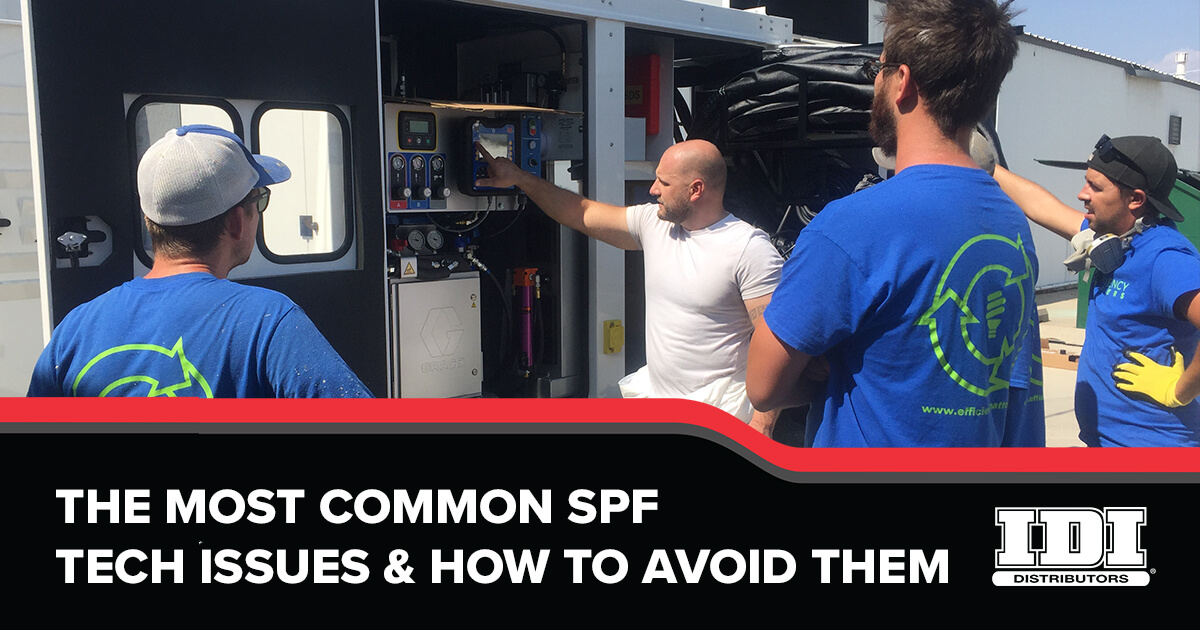Common Problems Faced by Spray Foam Contractors
As a spray foam technician, I see spray foam contractors struggling all the time. It may be in the form of breakdowns, loss of yield, not being able to get the job done on time, or perhaps just bleeding money.
My team of SPF techs and I largely see the same mistakes being repeated over and over, so let’s go through the top mistakes that SPF contractors make. Maybe you’ll recognize one or more of these and take action to make your business stronger. And as always, don’t hesitatee to reach out to your local IDI rep with questions or to schedule an appointment with one of our SPF Techs.
Improper Storage of Spray Foam
Let’s start with keeping the chemicals at the correct temperature. In general, 70 to 80 degrees is ideal (but be sure to read the technical data sheet for the specific info regarding the foam you are spraying and storing).
If your materials are in the 50 to 70 degree range, they become thicker and harder to pump. This can cause cavitation and off ratio foam, and your machine may not be able to heat it up enough to spray it properly.
If your materials are below 50 degrees, they may become irreversibly damaged.
Keeping the material above 80 degrees may result in a loss of blowing agent in the closed cell resins, leaving you with a higher density foam and a loss of yield.
Keeping your material between 70 and 80 degrees eliminates many problems that get blamed on other things.
“When warm weather arrives, many customers leave their drums in a barn or in their trailer, and with closed cell the blowing agent starts to expand once the drum reaches 80 degrees, Build a room and insulate it where you can maintain a constant 70-80 temp year round.” – Jason B., SPF Tech for IDI Distributors
Spray Foam Insulation Moisture Problems
Next, let’s keep the humidity out of the A side drum. Moisture reacts with isocyanate and causes crystallization. This crystallization will clog your screens and scratch up your pump seals.
Luckily, this is a pretty easy fix. First, make sure your A side transfer pump is threaded into the drum. If you can no longer thread it in, replace the collar on the pump. Without threading it in, the humidity can go right in and react with the ISO.
After that’s fixed, we still need air to get into the drum so we don’t create a vacuum. But we still want dry air going in. We can add a desiccant dryer to the small hole in the ISO drum, which removes the moisture and allows dry air to enter the drum. The dryer needs to be changed when the indicator turns pink.
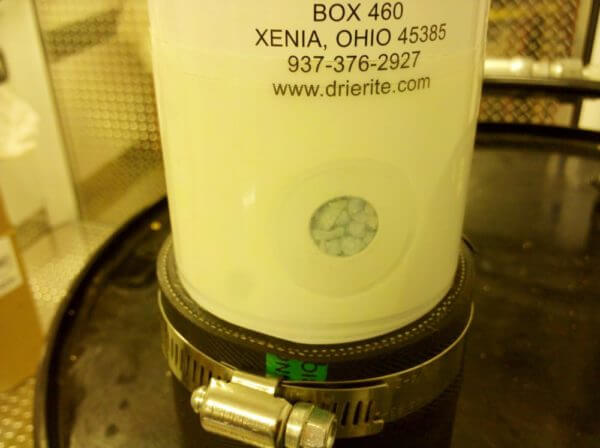
Improper Cleaning & Maintenance of SPF Equipment
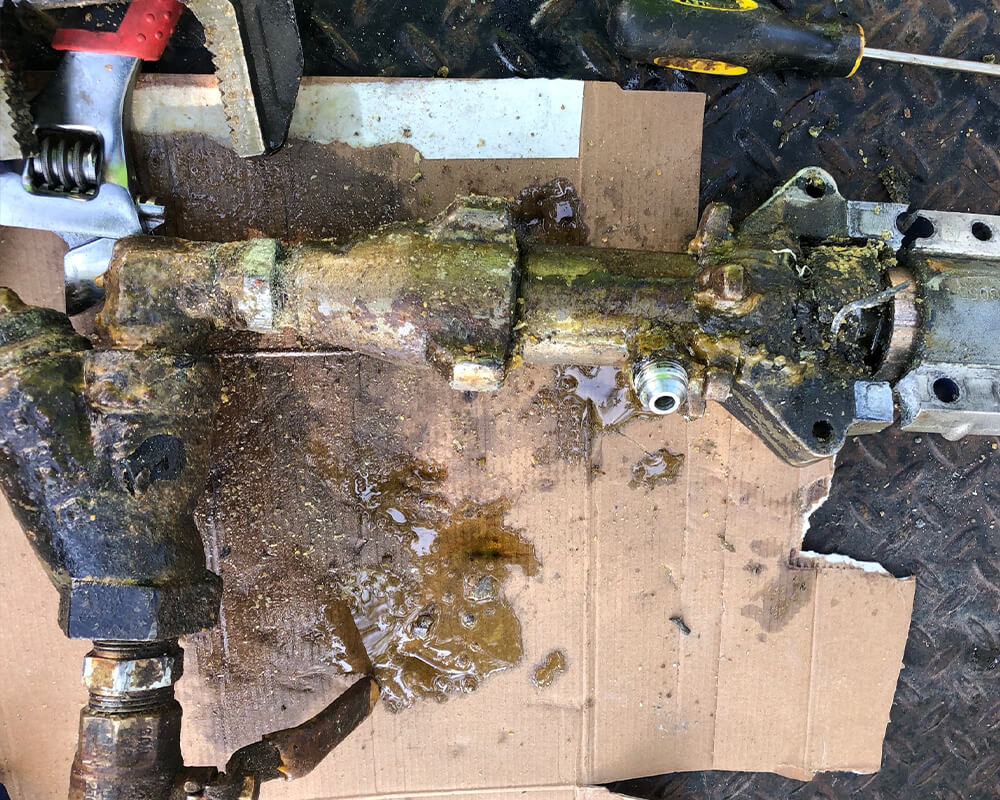
Now let’s take a look at the SPF equipment maintenance. There isn’t a lot to do, and it doesn’t take a lot of time, but it often goes undone. The Y strainers should be cleaned out every week or two, and the pump lube should be changed when it gets cloudy or weekly, whichever comes first.

Additionally, our SPF Tech Jason will remind you that TSL fluid is like oil in your car. It’s very cheap but the effects of not checking it and changing it regularly could be very expensive. He says
“When the TSL fluid is not circulating and washing the material off the shaft you begin to get build up. You can mess up the seals within the pump which will cause you to eventually have to rebuild your pump. You also put more strain on the motor than necessary and in some extreme cases could have to replace the motor if you burn it up.”
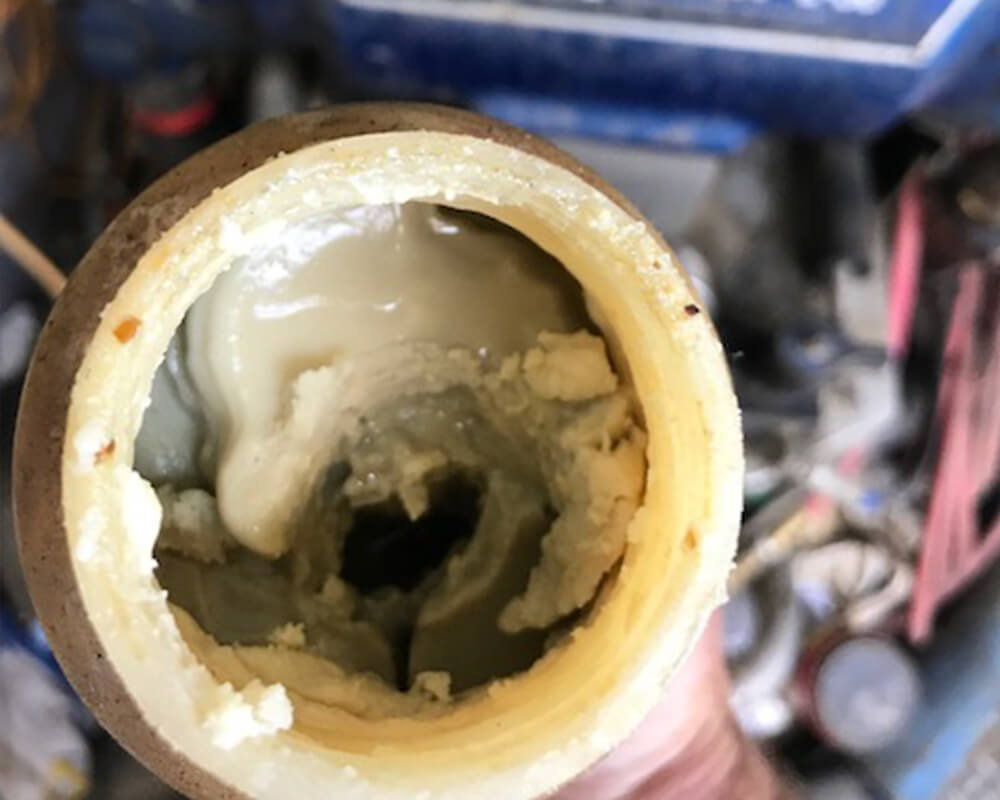
Our youtube channel is filled with additional tech tips – be sure to check it out.
SPF Spray Hose Maintenance
How’s the spray hose?
- What condition is it in?
- Is the scuff jacket torn up?
- Is the insulation compressed and collapsed?
The spray hose is one of the most vital parts of the rig, and it’s crucial that you are diligent with maintenance. It’s designed to maintain the heat from the machine, and it can’t do that if the insulation is no longer working properly.
Take this example our SPF Tech Tom recently came across:
“The customer was having hose heat issues, The person that was running the gun kept getting shocked. They found this bare copper heat tape exposed, so they decided they needed to make sure it was connected to power. The proper thing to do in this case is to remove/replace the damaged length of hose… They purchased a new whip and hose, but the damage was already done.”
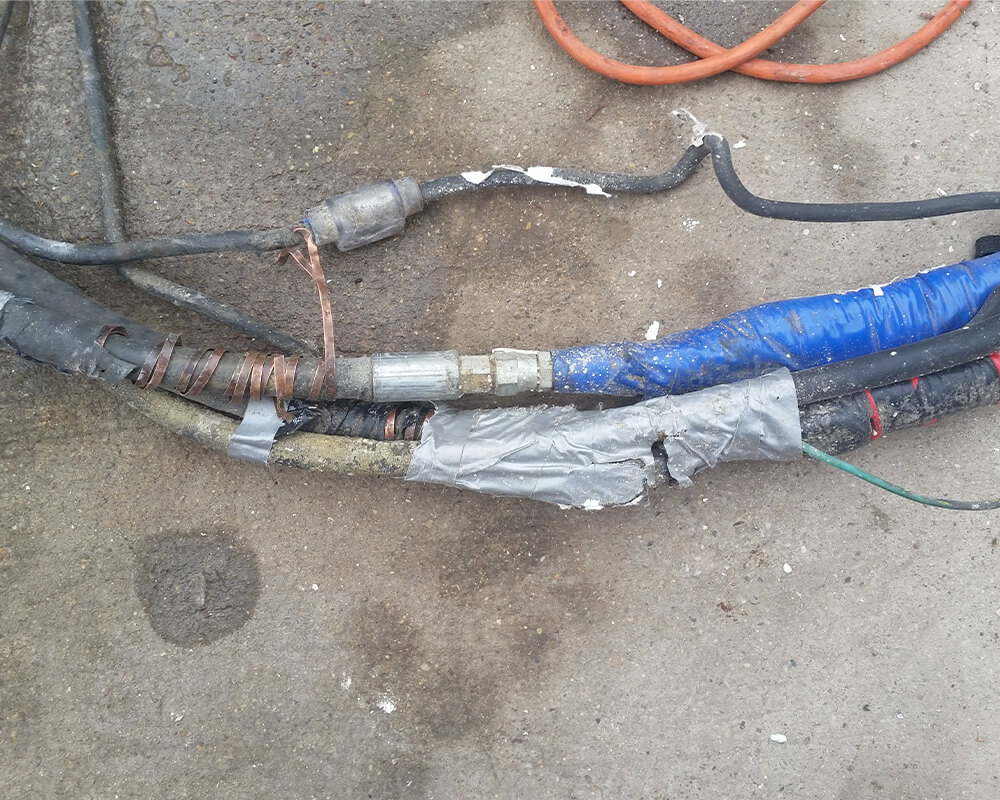
When the temperature of the material in the hose constantly changes, it can lead you on a wild goose chase looking for problems that don’t exist. If the hose is in real bad shape, consider replacing it. If the scuff jacket is just a little torn up, consider using a better scuff jacket (like the Sidewinder that is available from your IDI sales rep).
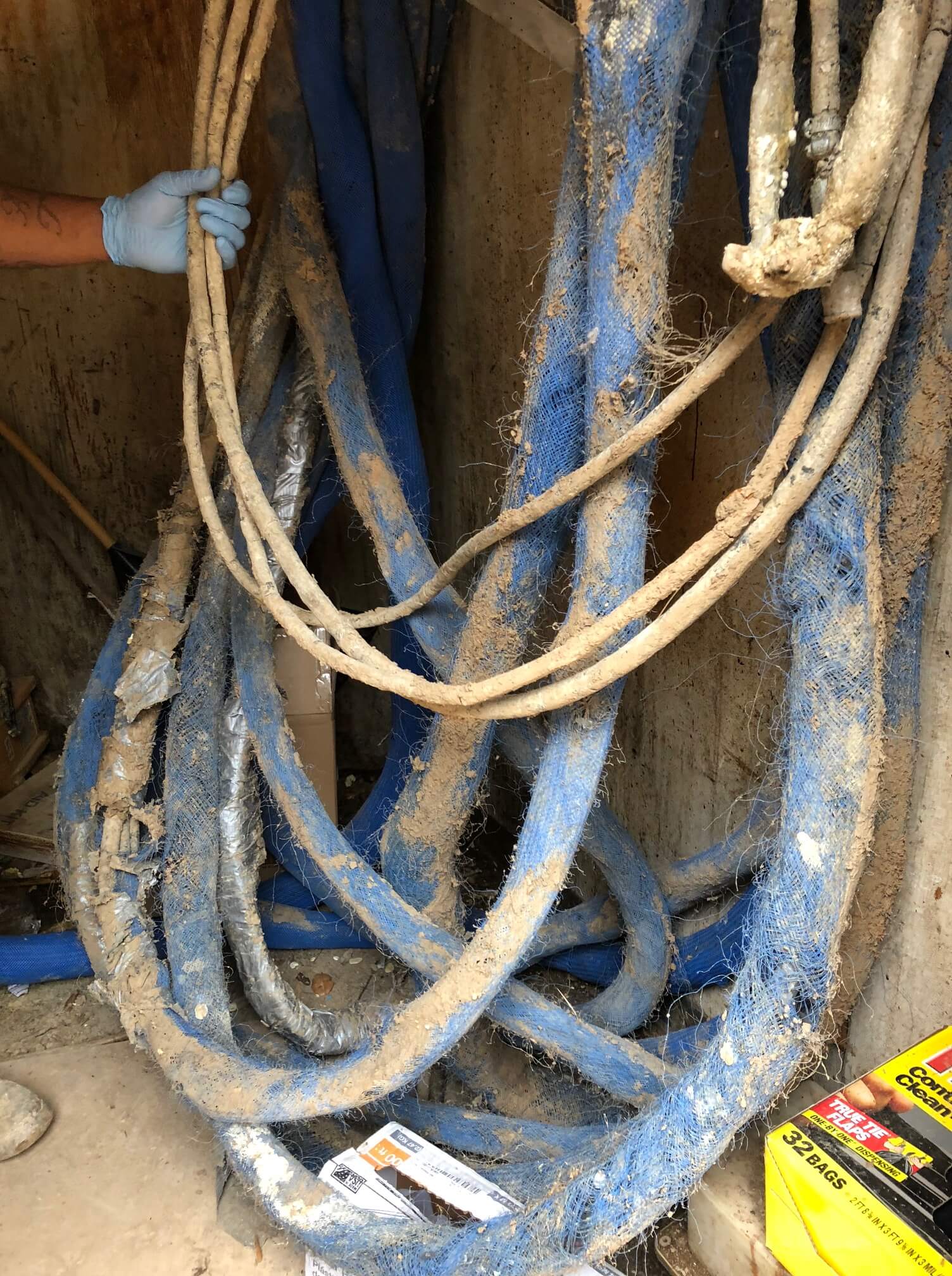
SPF Gun Maintenance
Most of your issues are going to show up in the spray gun. Any time you take the gun off the hose, make sure it’s thoroughly cleaned, there are no scratches on the mix chamber or side seals, and put in fresh o-rings. Also, make sure you are following the proper start up and shut down procedure, and your gun should last for a few months before it needs servicing.
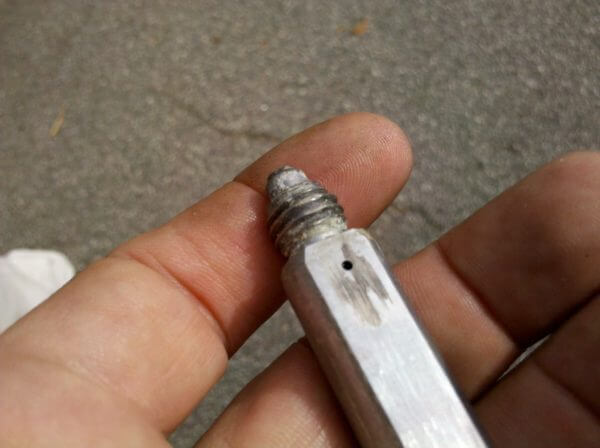
You can also check out this video for a detailed description of how to properly clean and care for your Fusion AP gun.
Watch Out for SPF Overspray
SPF overspray can be a monster — it swirls around window and door frames to stick to the outside glass or siding, it gets carried away by the wind if you aren’t careful, and it will definitely go through cracks and crevices to get on everything on the other side if you let it. If you don’t want foam on it, cover it up! To illustrate my point, check out this decorative beam, now ruined with copious amounts of overspray (shared by our SPF Tech Aaron M.):
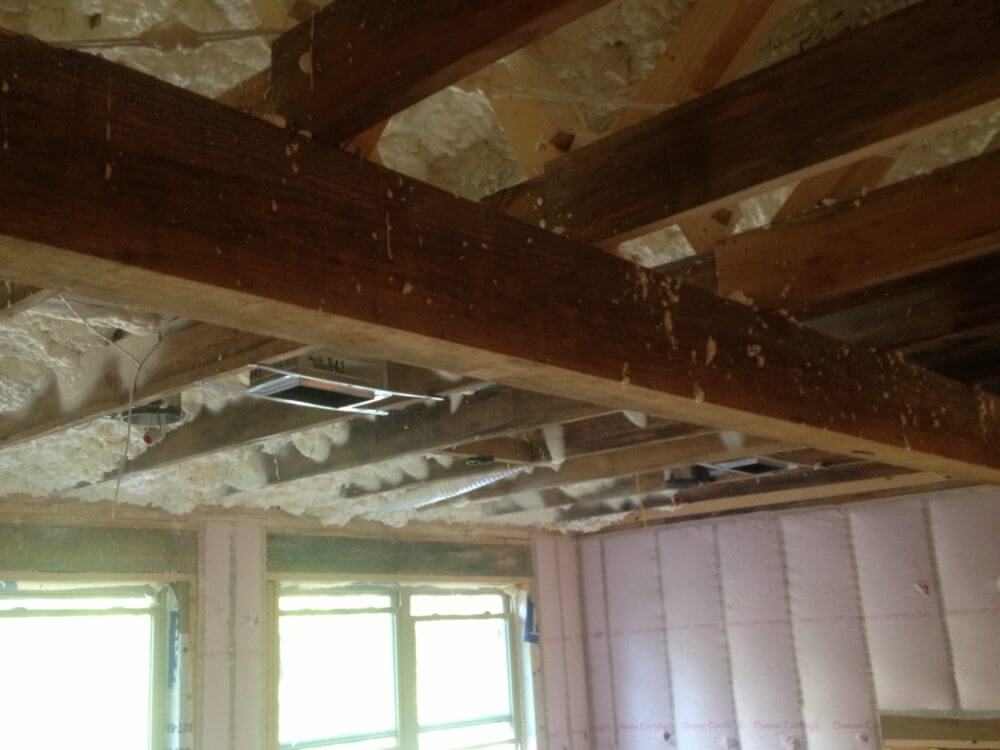
Don’t Forget Safety
Supplied air is what the sprayer is required to use when spraying high-pressure foam. More than half of the sprayers aren’t using it even though many of them have it in their rig. As techs, we push it at every job we go to, but they don’t always do it. Learn more about SPF safety here (blog and video!).
Our technicians at IDI can assist with SPF equipment maintenance and repair to keep your business performing at top capacity. You can also take advantage of one of the many classes that IDI puts on across the country to learn more about SPF maintenance, installation and more. We can make a difference for your business!
